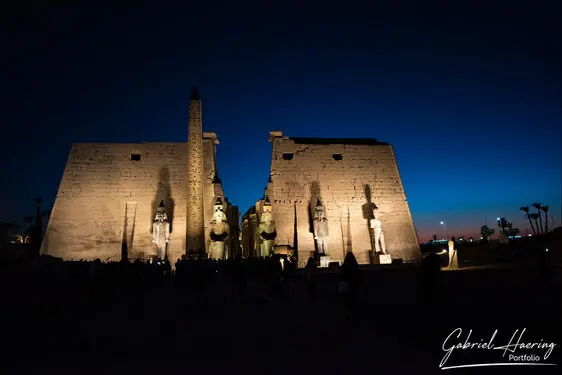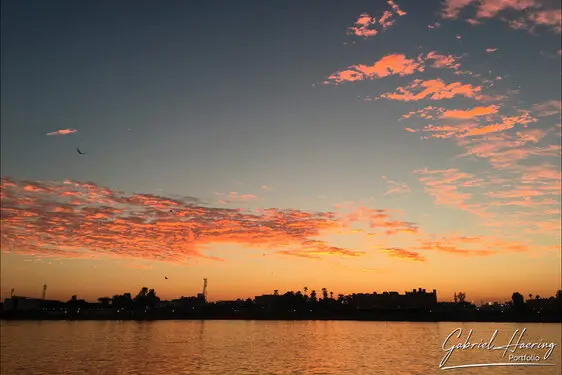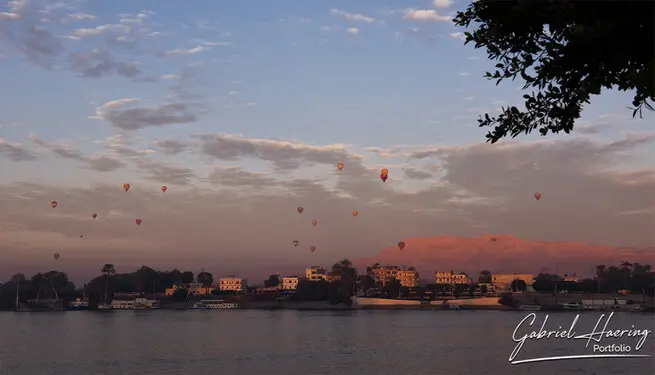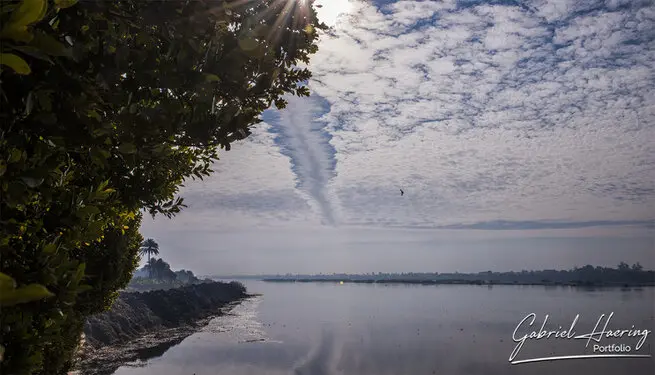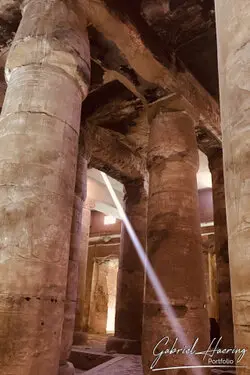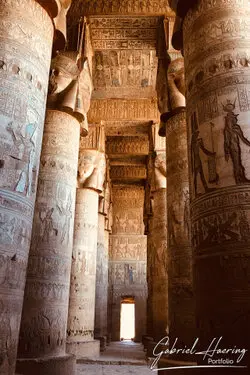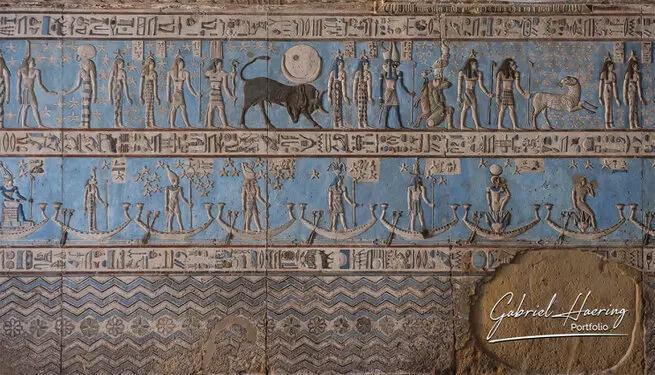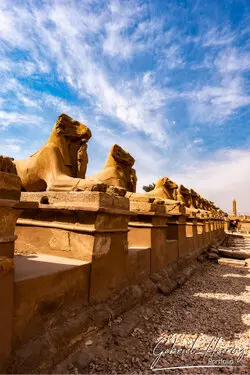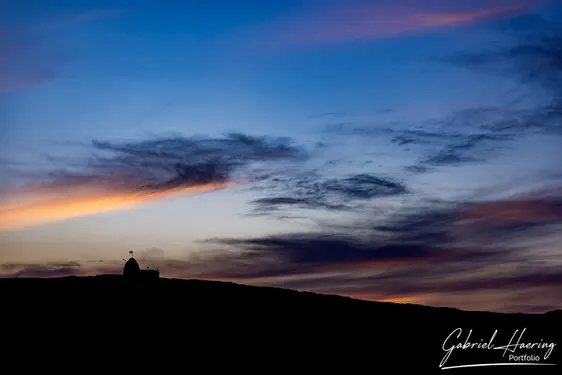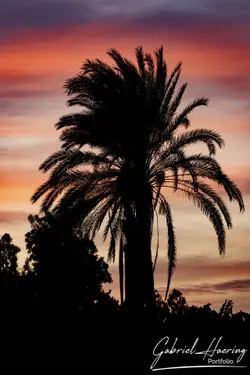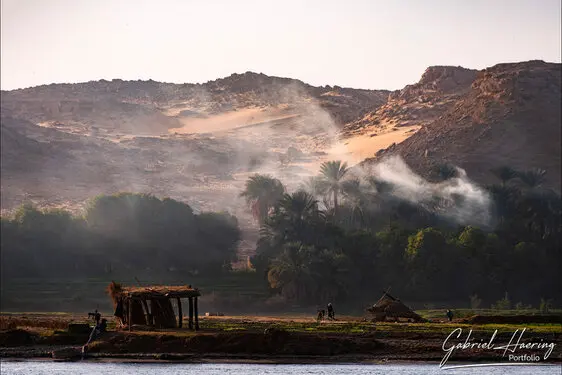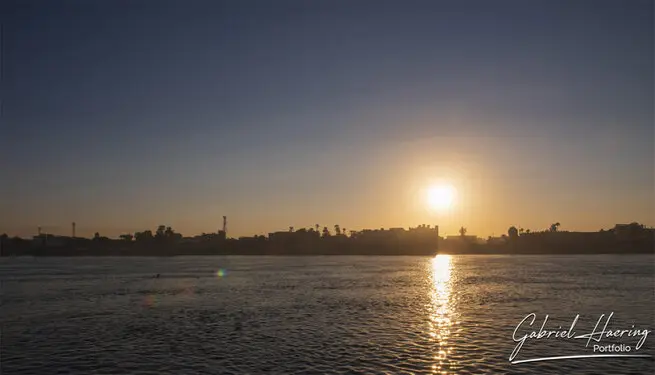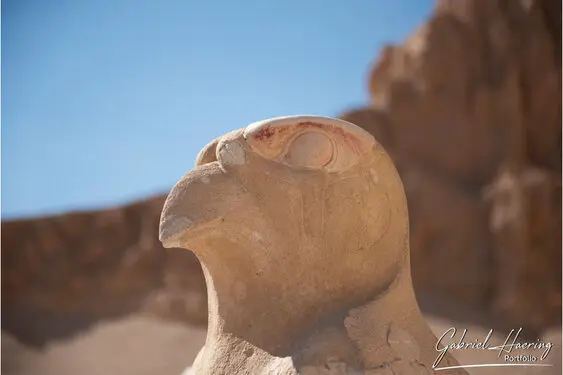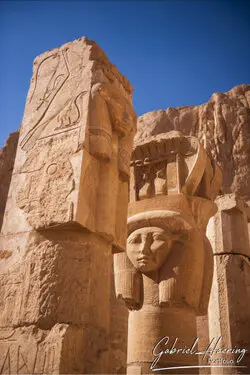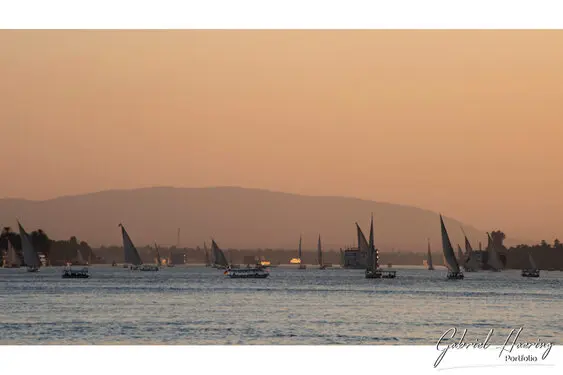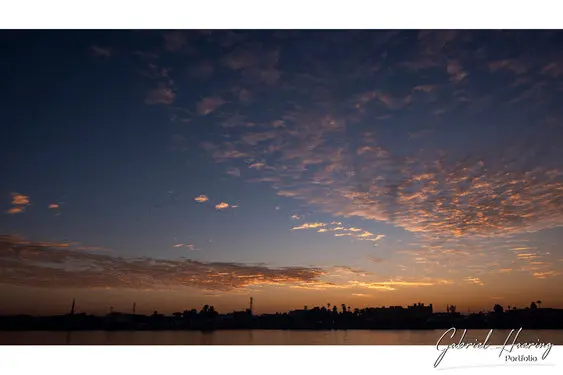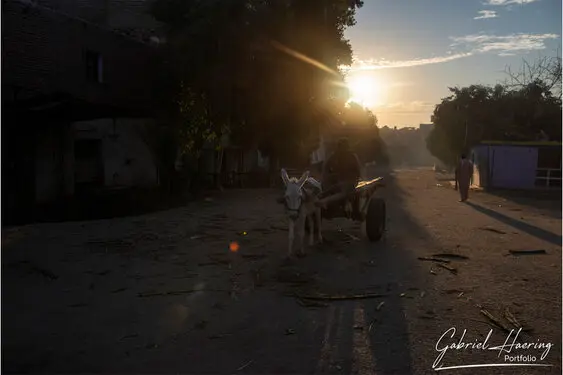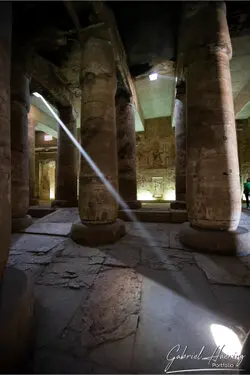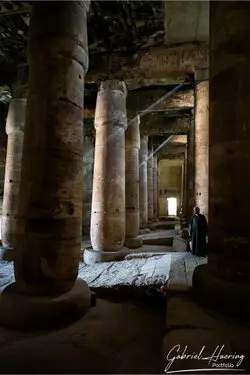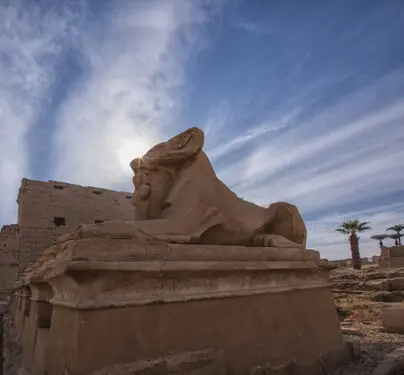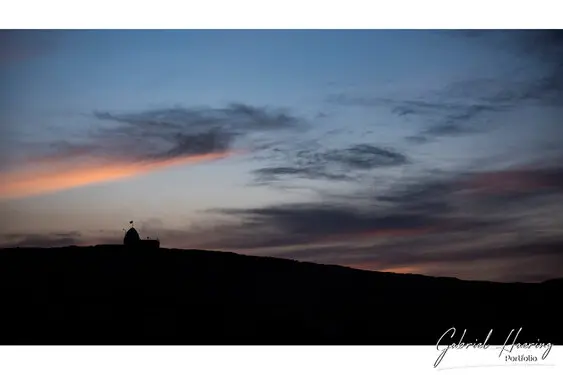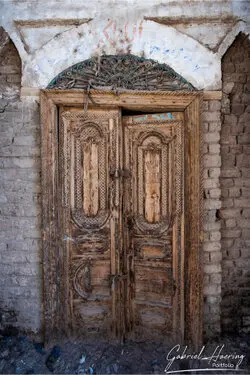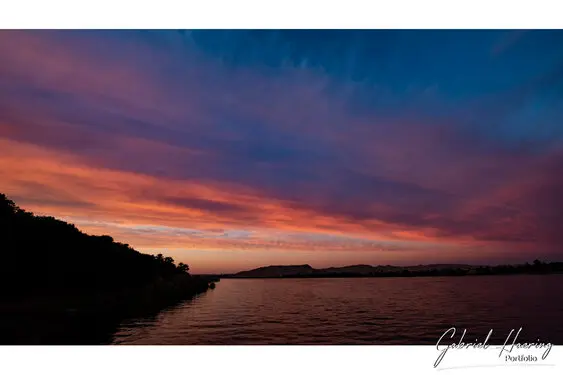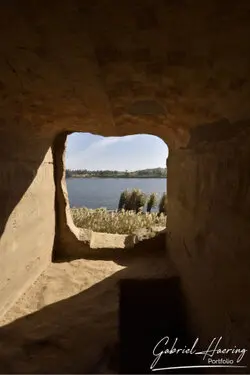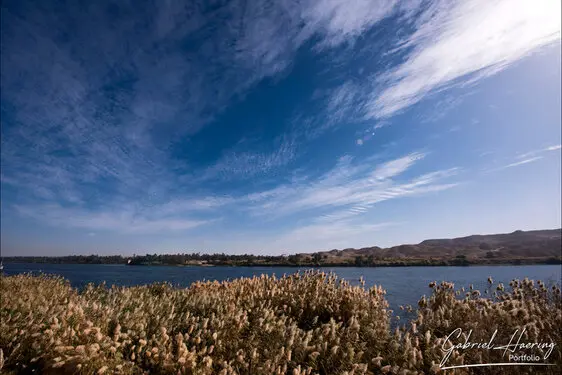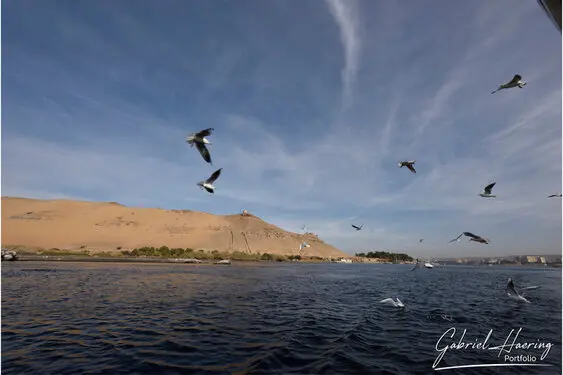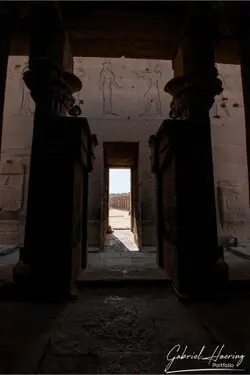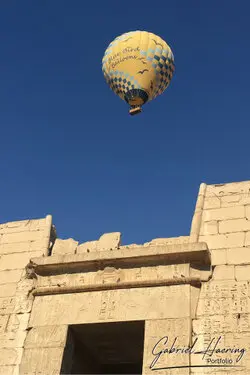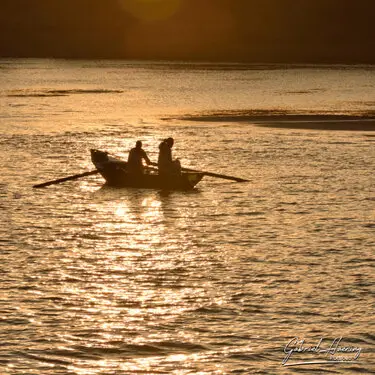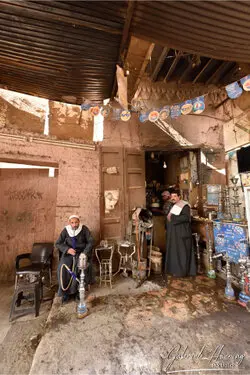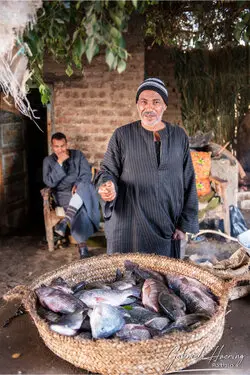A Journey Along the Nile
Egypt—when you hear its name, what do you imagine? Ancient pyramids, golden sands, the mighty Nile, the Great Sphinx, the shadow of history hanging over everything. But here's a little secret: Egypt, despite being geographically part of Africa, feels almost like a world apart. It’s a land that straddles two continents, both physically and culturally. While most of Africa pulses with jungles, savannahs, and dense forests, Egypt’s vast deserts, sun-bleached tombs, and river valleys give it an almost otherworldly quality.
It’s a land where the past speaks, not in whispers, but in grand echoes. You can trace the evolution of civilization through the ruins of ancient temples, colossal statues, and intricately carved hieroglyphics. But Egypt isn’t just a country bound by history; it’s a living, breathing nation that carries the weight of its past into the modern day, where the old ways blend with bustling markets, bustling cities, and the eternal Nile.
Now, imagine this:
The Dahabiya—A Floating Dream
You’ve decided to leave behind the enormous, impersonal cruise ships for a slower, more intimate experience. You board a dahabiya, a traditional Egyptian sailboat, often reserved for those who want to experience the Nile in the most authentic way. There’s something magical about these wooden boats, designed for comfort but built with an elegance that makes you feel as if you’ve stepped back in time.
The boat is smaller than the large cruise ships, but it’s exactly what you need to soak in every detail, every nuance of Egypt’s splendor. The deck of the dahabiya is your front-row seat to a journey unlike any other. The wind fills the sails, gently guiding the boat south, from the rich city of Luxor all the way to Aswan. The journey, though slow, is meant to be savored—each moment a snapshot of history, culture, and natural beauty.
Landscapes and Temples
Aswan—A Gateway to Nubia
Finally, after days of serene sailing, you reach Aswan, a city with its own unique charm. It’s here, at the southernmost tip of Egypt, that the Nile begins to take on a different character. The river splits into islands, the waters sparkling like liquid sapphire. The landscape shifts again: from golden desert dunes, you now see a wild, rugged beauty, where massive granite rocks rise from the river like ancient monuments to the gods.
Aswan’s most famous landmark is the Philae Temple, dedicated to the goddess Isis, one of Egypt's most revered deities. The temple stands on an island in the Nile, and reaching it by boat feels like stepping into a dream. The sunlight casts a warm golden glow over the ruins, and the serenity of the place is palpable. It’s a quiet moment of reflection before you continue your journey back to the present.
But Aswan is more than just temples—it’s the gateway to Nubia, a land that once belonged to the ancient kingdom of Kush. Here, you can feel the influence of both Egyptian and Nubian cultures blending together. The people are warm and welcoming, with traditions that date back thousands of years.
The Villagers—A Quiet, Resilient Spirit
In the small villages along the Nile, life moves at a slower pace. Women carry baskets, children play in the dust, and the elders sit in the shade, exchanging stories. The people here aren’t just survivors of Egypt’s past; they are its present. The markets are full of vibrant colors and scents—spices, scarves, and fresh produce—and the merchants’ gentle bargaining is a dance of hospitality rather than commerce. There's a serenity here that mirrors the river’s slow, steady flow.
The End of the Journey
As the dahabiya continues its gentle glide down the river, the sun sets in a brilliant burst of orange and purple, casting the Nile in a shimmering, ethereal light. You realize that this journey, slow as it was, has been a perfect reflection of Egypt itself—timeless, vast, and beautiful in its layers. The temples, the people, the landscapes—they’ve all left their mark on you.
You leave Egypt with memories etched deep into your soul: the wind in your hair as you sail along the river, the taste of fresh dates and spices from the local markets, the awe of stepping inside temples that have stood for millennia. And as you leave, the Nile quietly whispers its ancient secrets, as if to say, "You’ll carry me with you, always."
Egypt: A Different Africa
And as you reflect on your time in this land, you realize that Egypt truly is a different kind of African experience. It’s not just a country; it’s a crossroads of history, where the African continent meets the Middle East, where ancient African civilizations and the legacies of Mesopotamia and Arabia collide. There’s no place like it on earth—an island of ancient civilization in the heart of the African desert, cradled by the river that gave birth to it.
This journey, this experience, is as much about Egypt’s past as it is about the present moment—the timeless nature of the land that continues to captivate travelers from across the globe.
Luxor—Where History Begins
You start in Luxor, the ancient city of Thebes, once the capital of Egypt. The city itself is like an open-air museum. As you stroll down the banks of the Nile, the imposing temples of Karnak and Luxor rise from the horizon, their stone obelisks catching the light like silent sentinels. The air is thick with the scent of incense, the buzz of the market, and the murmurs of tourists who’ve traveled from all over the world to see this sacred land.
But it’s not just the grand temples that leave an impression—it's the feel of the place. You can almost hear the whispers of the pharaohs as you walk through the Valley of the Kings, where tombs of rulers like Tutankhamun and Ramses the Great are etched into the desert cliffs. Every stone seems imbued with ancient knowledge. Here, the past doesn’t feel like history; it feels alive.
Sailing the Nile—A Meditative Journey
The dahabiya moves slowly, letting you appreciate every twist and turn of the river. As you float along, the landscapes are constantly shifting. On one side, towering cliffs of desert sand create a golden backdrop, while on the other, lush green banks stretch out, teeming with date palms, papyrus, and fertile farmland. The Nile is the lifeblood of this land, and you can feel it in every inch of the river's flow.
The boat glides past small fishing villages where life has remained unchanged for centuries. Children splash around in the water, laughing as they jump off wooden docks, while donkeys pull carts of sugarcane or vegetables. There’s a simplicity to the scene that feels like you’re witnessing a time capsule—a world that’s almost untouched by the rapid march of modernity.
Temple Stops—The Sacred Shores of the Nile
Every so often, the boat docks at a new temple or archaeological site, where history comes alive. One of the first major stops is the Temple of Horus at Edfu. This temple, dedicated to the falcon-headed god Horus, is one of the best-preserved monuments of ancient Egypt. As you step through its towering pylons, you can’t help but be struck by the grandeur of the place. Its reliefs tell stories of divine kingship and cosmic battles, each stone a testament to the skill and vision of Egypt's ancient builders.
Next, you sail toward Kom Ombo, where the double temple dedicated to both Horus and Sobek, the crocodile god, stands proudly. The juxtaposition of the temples—one dedicated to a god of the sky, the other to a god of the Nile’s waters—gives you a glimpse into the duality of Egyptian spirituality.
People


